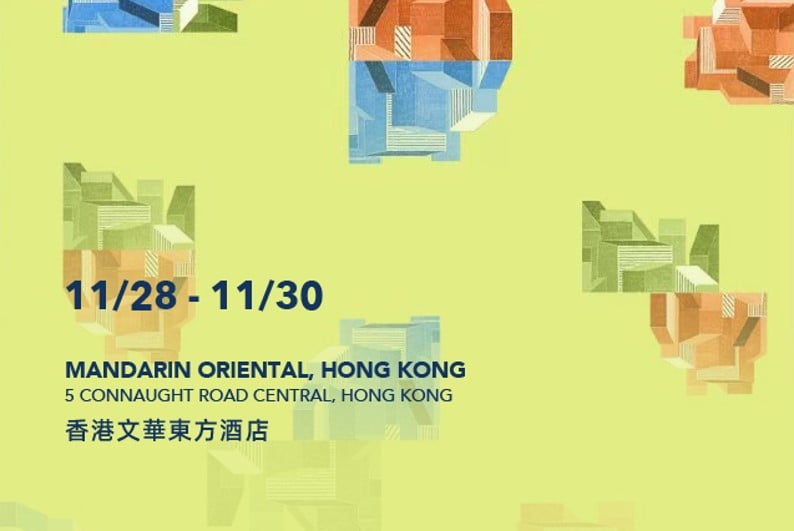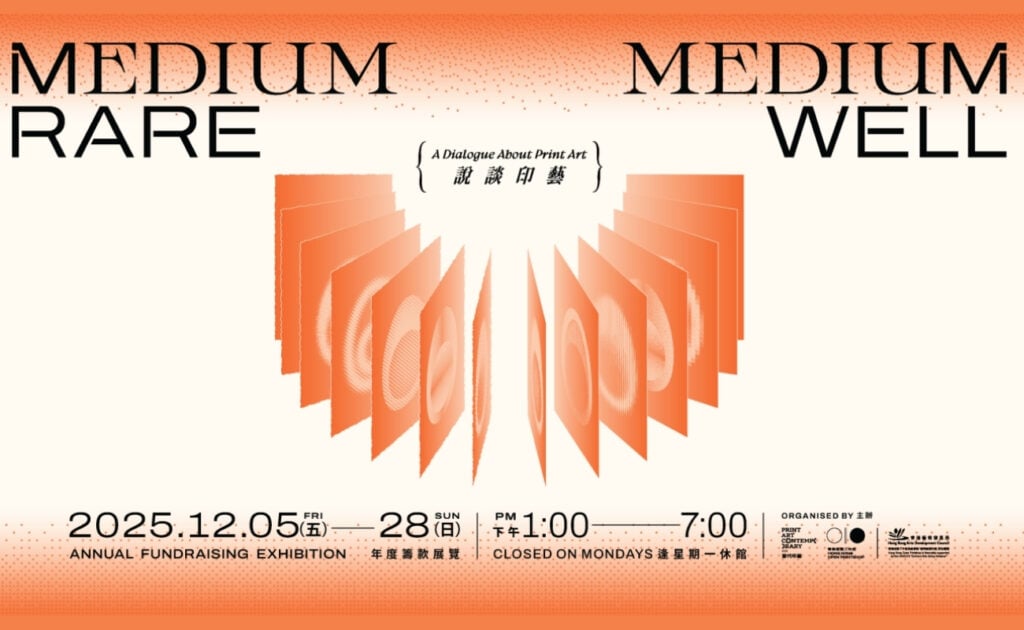
- This event has passed.
A TRIBUTE TO TRADITION: Another clue about Huang Yuxing
11 September 2024 - 4 October 2024
FreeEVENT DESCRIPTION
PhillipsX, a selling exhibition platform operated by the global Private Sales team at Phillips, is pleased to announce A TRIBUTE TO TRADITION: Another clue about Huang Yuxing, a brand new project by the acclaimed Chinese contemporary artist. Taking place from 11 September to 4 October at Phillips’ galleries in Hong Kong’s West Kowloon Cultural District, the exhibition showcases Huang Yuxing’s tribute to Chinese tradition.
It goes beyond contemporary art, emphasizing the curatorial approach. The artworks chosen for A TRIBUTE TO TRADITION not only cover the artist’s iconic oil paintings, which have been setting records in the auction market but also present a series of unseen creative attempts by him. They include Chinese ink paintings drawn by Huang Yuxing during his teenage years, landscape paintings that offer a contemporary interpretation of traditional Chinese shan shui works, and a collection of pieces such as a purple clay teapot sculpture, lacquerware, ceramics, as well as hand-carved stamps that showcase his passion for ancient craftsmanship. These exemplify his love for traditional Chinese landscape painting and embody his enthusiasm for the ancient and ever-evolving craftsmanship passed down through generations of Chinese people.
Among the exhibition highlights is Seven Treasure Pines Teapot, which presents a fierce collision between traditional techniques such as purple clay and lacquer, and Huang Yuxing’s contemporary landscape art, paying homage to tradition. For the first time, Huang collaborated with the purple clay master Mr. Wang Qiang, combining his signature palette of fluorescent colours with two intangible cultural heritages: purple clay art and lacquer. The overall shape is round at the top and square at the bottom, echoing “the dome-like heaven embraces the vast earth.” The image displayed on the teapot is inspired by the artist’s monumental Seven Treasure Pines, a seven-panel painting executed in 2016-2019, which presents viewers with a radiant cosmos with a fantastical tableau resplendent in luminous jewel stone.
Seven Treasure Pines captures and embodies Huang’s deep fascination for Tibetan Buddhism. From left to right, each panel represents one of the Treasures of Buddhism: coral, agate, pearl, gold, silver, tridacna stone, and azurite, exploring the immensity of the universe. The teapot sculpture is octagonal to showcase the integrity of the painting, and it symbolizes eight planets in the solar system by being divided into eight parts. The octagonal body of the teapot serves as a window frame of the view, which appears to be an outdoor scenery or an installation. The lid knob and lid are composed to represent “the sun” and “the moon,” resembling the rise and fall of the sun and the moon, echoing the concept of heaven and earth, expressing the vibrant circle of life. The teapot handle is made using the lug technique, enhancing its upward feel. It is embellished with mother-of-pearl inlay, creating a shimmering effect against the lacquer background reminiscent of stars in the night sky. Lacquer is a natural resin extracted from lacquer trees with a long history in Chinese culture as intangible cultural heritage. Crafting exquisite lacquerware involves numerous complex processes; replicating Huang Yuxing’s Seven Treasure Pines requires hundreds of layers of colouring techniques. The purple clay used to make the sculpture is the dark reddish-purple clay, known as Dicaoqing, which comes from Ding Shu Township in Yixing, Jiangsu Province.
A Thousand Miles of Rivers and Mountains is a work by the Northern Song dynasty court painter Wang Ximeng, now housed in the Palace Museum in Beijing. The artwork depicts the beautiful mountains and rivers of the Northern Song dynasty and is regarded as a masterpiece in traditional Chinese landscape painting. Highlighted in the exhibition is Composition: A Thousand Miles of Rivers and Mountains 1-6 which presents Huang Yuxing’s reinterpretation of A Thousand Miles of Rivers and Mountains. He deconstructed the long scroll into six sections, removed the colours typically found in traditional landscape paintings, and presented his magnificent vision of mountains and rivers through pure composition. The six segments display completely different wide-ranging landscapes. At the same time, the use of simple black-and-white tones echoes the traditional Chinese painting concept of “ink divided into five categories,” reconstructing the artistic conception of rivers and mountains through a visual experience based on black, white, and gray.
For this project in Hong Kong, Huang Yuxing created Endless miles of mountains and streams with a total of 66 editions. The composition of the work is based on his painting Nine Dragons. The imagery corresponds to the Northern Song Dynasty artist Fan Kuan’s Travelers Among Mountains and Streams currently held in the Palace Museum in Taipei. The work adopts the typical panoramic composition of Northern Song landscape painting. Distant mountain peaks stand tall against the sky. In the middle, a prominent pine tree appears as a personified or anthropomorphized element in the artist’s brushwork, making the landscape painting livelier and fuller of charm. Like Travelers Among Mountains and Streams, Endless miles of mountains and streams follows the classic 2:1 aspect ratio, and it is mounted as a vertical hanging scroll.
In addition to a series of exquisite works that express Huang Yuxing’s passion for traditional Chinese landscape and craftsmanship, this exhibition also offers a work from the artist’s well-known Bubble series. This series of works joyfully depicts Huang Yuxing’s profound reflections on the experiences of time and space through visual metaphors of organic life forms. The Bubble series is an unapologetic celebration of Huang Yuxing’s deep reflection on the human experience in time and space. Huang’s artistic practice entails a long-running investigation into the individual’s life experience in parallel to the natural world. Stemming from reoccurring motifs of rivers and swirls in the artist’s oeuvre, the Bubble series discusses the topic of dissolution, demonstrating a sense of eternity that underlies the ephemeral existence of bubbles themselves. The human experience is visually represented as bubbles caught in various states of motion, as fleeting and volatile as the temporary existence of an individual’s life. Huang’s signature approach during this period was to superimpose geometric forms delineated in thinly veiled neon colours to create delicate depth and texture, which is well-demonstrated in Bubbles.


